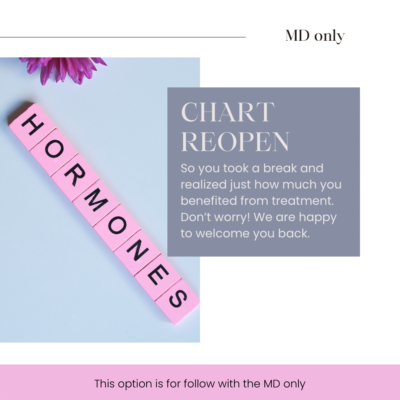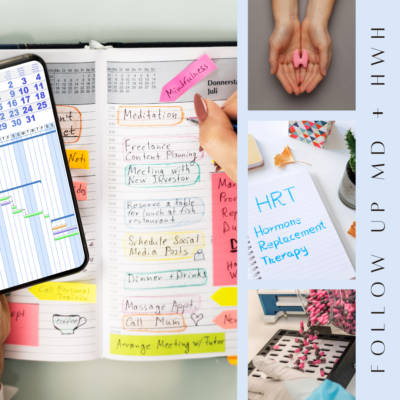When patients complain to me about not being able to handle coffee I generally tend to ask main questions:
- Does it give you the jitters and anxiety?
- Does it bother your gut and give you indigestion?
- Does it make you bloat?
- Does it keep you awake?
That last one is easy…. don’t drink it after your peak time, which for most is around 11 AM, no later than noon. The others take a little more digging.
Does coffee give you the jitters? An easy solution to this is addressing the underlying adrenal issues of course but also adding in a little L-Theanine, oh and drink more water. L-Theanine is an amino acid (found in green tea) and recommended dose is around 250 mg, it works quickly and is well studied with very few documented side effects. Just be sure to grab one where you know there are no fillers. I use it when I know I’m over consuming caffeine (which in my case is two cups) but I also use it daily as it helps to give me a deep restorative sleep without making me drowsy if I take it before bed. It has a calming and relaxing effect without that drowsy grogginess other supplements may give you, I actually take it with caffeine as if it was a stack (stacking supplements improves absorption and performance). This combo is awesome for mental clarity and focus, which increases productivity, improves mood and is good for focus when you are cramming for midterms… just sayin’ There have even been claims it helps with those suffering ADD/ADHD when stacked, for those who don’t want the side effects of Adderall. They work better together than alone due to caffeine having a molecule that is similar in shape and size of a neurotransmitter called adenosine, which makes us feel sleepy. Of course caffeine is a vasodilator and is able to sneak into our adenosine A1 receptor quickly, meaning it binds to the receptor before the adenosine is able to so we don’t get the sleepy affects.
Another cool factor is that our excitatory neurotransmitters (glutamate and dopamine) are able to work more freely and effectively give us more energy and a better sense of alertness. However seeing as caffeine is not a very clean source of energy we want to ensure we get the calming clean up from the L-Theanine. It’s fast acting especially with caffeine by it’s side. Also you see an increase of the production of GABA in the brain. Yes people supplement with GABA but the truth is that it won’t cross the blood brain barrier so taking L-Theanine is a better way to get the benefits from GABA (lowers anxiety and nervousness). It’s about getting the precursor to what’s needed when what’s needed can’t get to where it needs to beon it’s own.
OK back to the other common complaints…
Does coffee bother your gut, giving you a feeling of ‘gut rot’ or indigestion? I recommend patients swap to a darker roast in many cases because of this. The different compounds found in various roasts have been shown to have an affect on stomach acid, catechols are one, N-alkanoly – 5 – hydroxytryptamides are another and also N-methylpyridinium (NMP) that last one is generated as the coffee is roasted. The longer it roasts the higher the levels of NMP which happen to be stomach friendly. Of course like everything else out there this will vary depending on the quality of the bean and the region. As a side note I stay away from coffee marketed as low acid coffees, the processing used in these is horrendous in most cases. They take raw beans and steam them or use chemical solvents prior to roasting them. YUK!
What to do if you have low stomach acid? You may want to skip the dark roast and go for the lighter to medium ones. Your body will let you know which one it prefers, but be sure to pay attention to this entire article before you decide. Some people have been found lately to say that dark roast has less caffeine, which as a general rule is true except that you need to know it is region specific so it is always good to make you own if you can. For example Starbucks has always told me that their dark roast was less caffeine until one day I tried a different blend of dark roast and reacted, turns out that this one actually had more caffeine than the blonde or light roast. This is why I get to know the barista or local coffee shop and always ask.
Then the last factor…. the bloat! This one is easy, many patients swap over to organic cause let’s face it less pesticides is a better thing especially in today’s world. But this leaves us open to mycotoxins. Yup, thoes little mold ass holes make us bloat. You may want to swap back to the traditional coffee… but wait then you get the heavy pesticide load again. So confusing! Here’s the solution, grab some bulletproof brand coffee and get both organic and mycotoxin free! Problem solved. Now I have some people who will likely try to come at me saying oh that’s a myth that’s been debunked…. oh ya? Tell that to the hundreds of patients who have fixed their issues with coffee by simply making the swap, proof is in the… pudding or coffee. Coffee is known to be one of the biggest sources of mycotoxins in our food supply, decaf is even worse FYI seeing as caffeine tends to protect the bean from growth of mold . Arabica beans have been shown to be lower on the scale of mycotoxins, as has Toms’ available at WholeFoods. It’s organic, fair trade, low levels of mycotoxins and it’s single origin which is also key to reducing mycotoxins apparently. Personally I spend the extra dough on Bulletproof coffee cause it’s amazing especially if you add a little brain octane to it. Roasting also helps to remove a good amount of the mycotoxins found in coffee, yay darker roast!
There have been rumors that Starbucks tests for mycotoxins in some of the online communities, I know they pay a premium for their beans to sure they get the top pick from each region however getting them to answer if the mycotoxin statement is true is like asking them to give away their first born so who knows how factual that is. It isn’t organic so the chances are the levels are low as the pesticides tend to help control that (which is why organic coffee has much higher levels). Look for beans that have been made using the wet processing technique, especially since mycotoxins often form during the drying stages. They also say that mold has a harder time growing at higher elevations, Central America is a good region to look at and be sure to stay away from blends, stick to the single estate products. If you are out grabbing a coffee try an Americano, the steam helps break down the mycotoxins. Try it and let me know what you think!





